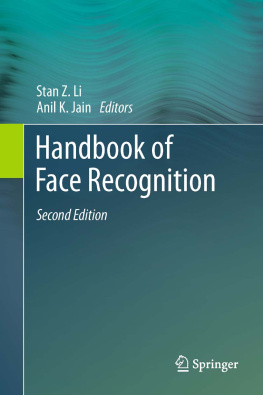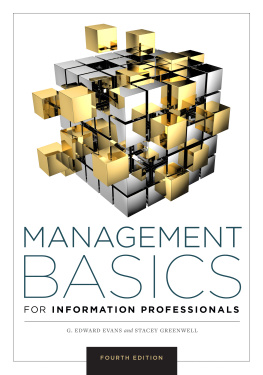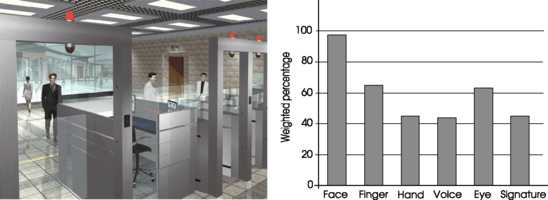1.1 Face Recognition
Face recognition is a task that humans perform routinely and effortlessly in our daily lives. Wide availability of powerful and low-cost desktop and embedded computing systems has created an enormous interest in automatic processing of digital images in a variety of applications, including biometric authentication, surveillance, human-computer interaction, and multimedia management. Research and development in automatic face recognition follows naturally.
Face recognition has several advantages over other biometric modalities such as fingerprint and iris: besides being natural and nonintrusive, the most important advantage of face is that it can be captured at a distance and in a covert manner. Among the six biometric attributes considered by Hietmeyer [. Face recognition, as one of the major biometric technologies, has become increasingly important owing to rapid advances in image capture devices (surveillance cameras, camera in mobile phones), availability of huge amounts of face images on the Web, and increased demands for higher security.
Fig. 1.1
A scenario of using biometric MRTD systems for passport control ( left ), and a comparison of various biometric traits based on MRTD compatibility ( right , from Hietmeyer [] with permission)
The first automated face recognition system was developed by Takeo Kanade in his Ph.D. thesis work [].
Face recognition technology is now significantly advanced since the time when the Eigenface method was proposed. In the constrained situations, for example where lighting, pose, stand-off, facial wear, and facial expression can be controlled, automated face recognition can surpass human recognition performance, especially when the database (gallery) contains a large number of faces. However, automatic face recognition still faces many challenges when face images are acquired under unconstrained environments. In the following sections, we give a brief overview of the face recognition process, analyze technical challenges, propose possible solutions, and describe state-of-the-art performance.
This chapter provides an introduction to face recognition research. Main steps of face recognition processing are described. Face detection and recognition problems are explained from a face subspace viewpoint. Technology challenges are identified and possible strategies for solving some of the problems are suggested.
1.2 Categorization
As a biometric system, a face recognition system operates in either or both of two modes: (1) face verification (or authentication), and (2) face identification (or recognition). Face verification involves a one-to-one match that compares a query face image against an enrollment face image whose identity is being claimed. Person verification for self-serviced immigration clearance using E-passport is one typical application.
Face identification involves one-to-many matching that compares a query face against multiple faces in the enrollment database to associate the identity of the query face to one of those in the database. In some identification applications, one just needs to find the most similar face. In a watchlist check or face identification in surveillance video, the requirement is more than finding most similar faces; a confidence level threshold is specified and all those faces whose similarity score is above the threshold are reported.
The performance of a face recognition system largely depends on a variety of factors such as illumination, facial pose, expression, age span, hair, facial wear, and motion. Based on these factors, face recognition applications may be divided into two broad categories in terms of a users cooperation: (1) cooperative user scenarios and (2) noncooperative user scenarios.
The cooperative case is encountered in applications such as computer login, physical access control, and e-passport, where the user is willing to be cooperative by presenting his/her face in a proper way (for example, in a frontal pose with neutral expression and eyes open) in order to be granted the access or privilege.
In the noncooperative case, which is typical in surveillance applications, the user is unaware of being identified. In terms of distance between the face and the camera, near field face recognition (less than 1 m) for cooperative applications (e.g., access control) is the least difficult problem, whereas far field noncooperative applications (e.g., watchlist identification) in surveillance video is the most challenging.
Applications in-between the above two categories can also be foreseen. For example, in face-based access control at a distance, the user is willing to be cooperative but he is unable to present the face in a favorable condition with respect to the camera. This may present challenges to the system even though such cases are still easier than identifying the identity of the face of a subject who is not cooperative. However, in almost all of the cases, ambient illumination is the foremost challenge for most face recognition applications.
1.3 Processing Workflow
Face recognition is a visual pattern recognition problem, where the face, represented as a three-dimensional object that is subject to varying illumination, pose, expression, and other factors, needs to be identified based on acquired images. While two-dimensional face images are commonly used in most applications, certain applications requiring higher levels of security demand the use of three-dimensional (depth or range) images or optical images beyond the visual spectrum. A face recognition system generally consists of four modules as depicted in Fig. : face localization, normalization, feature extraction, and matching. These modules are explained below.
Fig. 1.2
Depiction of face recognition processing flow
Face detection segments the face area from the background. In the case of video, the detected faces may need to be tracked across multiple frames using a face tracking component. While face detection provides a coarse estimate of the location and scale of the face, face landmarking localizes facial landmarks (e.g., eyes, nose, mouth, and facial outline). This may be accomplished by a landmarking module or face alignment module.
Face normalization is performed to normalize the face geometrically and photometrically. This is necessary because state-of-the-art recognition methods are expected to recognize face images with varying pose and illumination. The geometrical normalization process transforms the face into a standard frame by face cropping. Warping or morphing may be used for more elaborate geometric normalization. The photometric normalization process normalizes the face based on properties such as illumination and gray scale.










